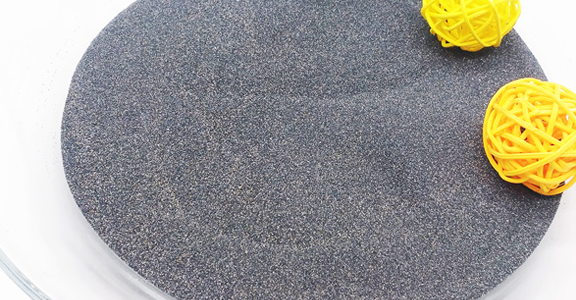 Welcome to visit Nanjing Pujiang Alloy Materials Co., Ltd!
Welcome to visit Nanjing Pujiang Alloy Materials Co., Ltd!29
2018
-
05
Flow inoculant is becoming more and more popular in foundries
In the cast iron industry, a certain amount of inoculant is basically added to the molten iron before pouring to change the solidification process of the molten iron and improve the as-cast structure. So as to achieve the effect of improving the performance of the casting and making the casting more perfect. So what is a floating inoculant, and what are the advantages of the inoculant? Let's take a look.

The flow inoculant is the inoculant with a relatively small particle size (0.2-0.8mm). Through the feeding equipment, it enters the molten iron along with the flow of the molten iron during the process of pouring the molten iron, and plays the role of inoculation.
Advantages of Breeding with the Flow
Compared with the traditional multiple inoculation process in the bag, flow inoculation has unique advantages in the current casting production process. First of all, it is the advantage of the amount of inoculant added. The inoculant dose added by the flow method is generally 1/3 of the inoculant dose added by the reverse package method; secondly, the flow inoculation can greatly prevent the adverse effects of inoculation recession on the casting; Finally, inoculation with flow allows the self-feeding of the casting to maximize graphitized expansion.
The nucleation ability of gray cast iron is greatly improved during inoculation with flow, and the risk of defects such as shrinkage porosity and whitening in molten iron after inoculation is significantly reduced.
Breeding with the flow is a highly efficient and energy-saving breeding method. The narrower the particle size range (0.2-0.8mm) of the inoculant with flow is, the more favorable it is to improve the absorption rate of the inoculant. As the Si content changes, the melting point and effect of the inoculant will change, please adjust it according to actual needs.
More information








